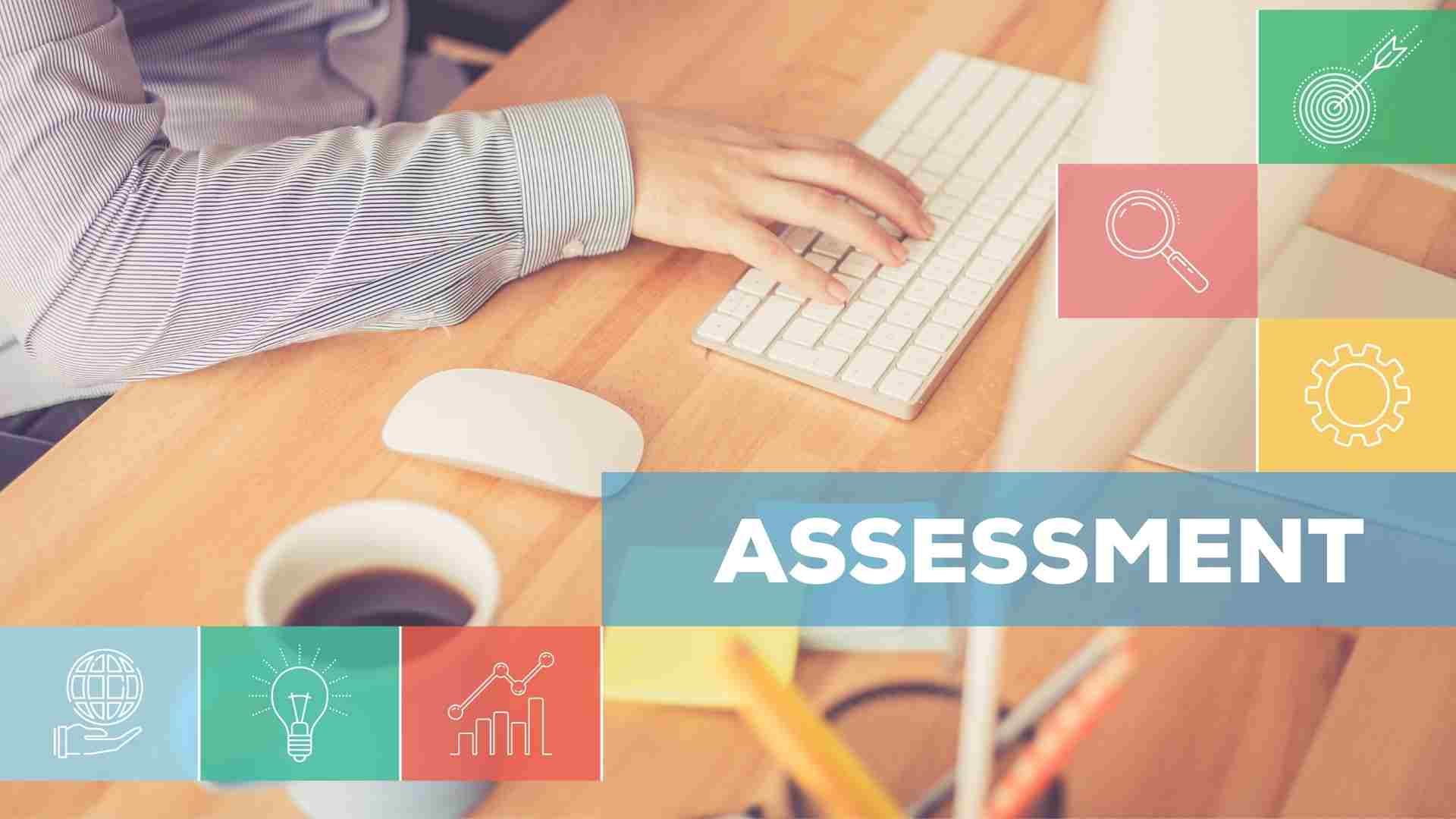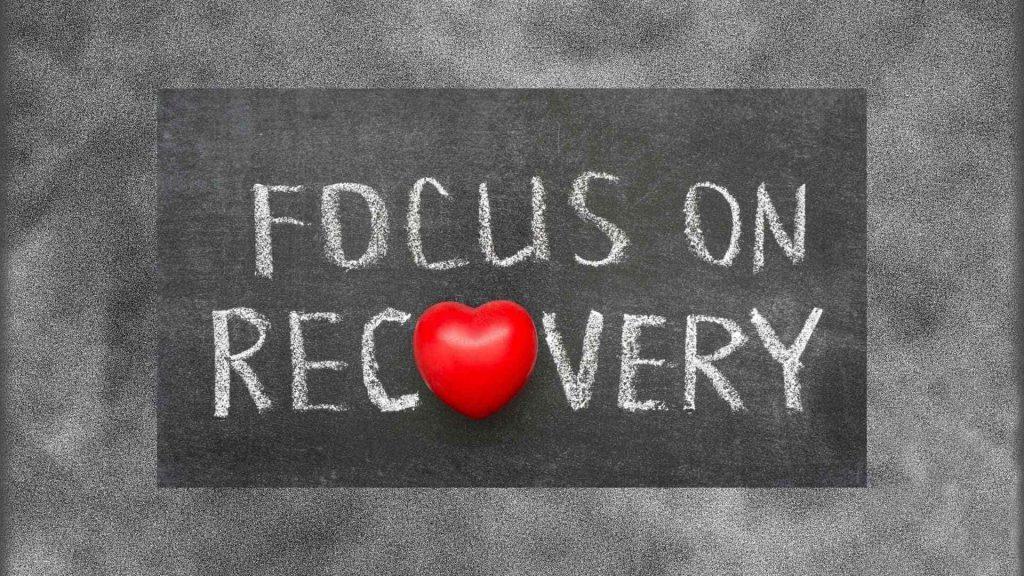Recovery capital is a unique addiction treatment concept that focuses on achieving and sustaining recovery. It is one of a variety of new approaches to treating addiction that have emerged in the last few decades
Many of these emerging care strategies share a more holistic approach to getting sober and actively maintaining that sobriety.
Recovery capital itself has been around as a concept since 1999 but still has not been adopted in a meaningful way in the US.
You could point to a few reasons as to why that is the case. However, this blog will focus on how the Recovery Capital system can be painlessly embraced in this country from a software functionality perspective.
Any modern EHR platform should be able to serve as effective recovery capital software. The technology needed is not new to our industry. In fact, they are two of the standard features: documentation and engagement.
Read on as we explore how these two EHR features can facilitate a recovery capital undertaking at your addiction treatment organization.
Building Recovery Capital Documentation
One of the foundational philosophies that drive EHR design is an effort to improve patient outcomes.
Several software factors contribute to an effective outcomes solution, but one of the most important is comprehensive and intuitive documentation.
In addiction treatment an outcome can be generally described as a patient’s response to a given treatment method.
Before patients and providers can analyze outcome data, though, an EHR needs to collect that information to be measured. In terms of outcomes, platforms should offer the following data collection features:
- Configurable Assessments
- Automated Data Capture
- Seamless Data Integration Across Platform
- Reporting Tools
At the heart of recovery capital is an outcome-based system. Patients rely on the Recovery Capital Scale to document and compile their individualized metrics regarding their status on and potential for recovery.
As a result, your EHR should be able to build out a recovery capital scale assessment without issue.
Technically speaking, this is the most crucial functionality for deploying a recovery capital system. As long as a platform’s documentation suite allows for the creation of a custom assessment that mirrors the Recovery Capital Scale, the strategy is possible.
However, other supplemental features are sure to elevate a recovery capital system at your organization.
It will be an advantage if your EHR is dynamic enough to collect very specific information throughout a patient’s life cycle. Ideally, these measurements will follow the patient wherever their data goes, automatically updating in real-time.
A great feature of recovery capital is that it can always provide a recovery status update. The system embraces the fact that the forces in our lives, both personal and external, greatly impact addiction and recovery.
Those forces are constantly fluctuating, which thus calls for the plan for recovery to adapt accordingly. In this way, it is important to always have the most updated recovery profile attached to each patient so they can be treated appropriately.

Strong reporting tools are also critical to helping patients maintain their recovery over time.
Though recovery capital is certainly holistic in nature, it is thoroughly clinical as well. A patient’s recovery capital score is very important to monitor and report on.
Discovering the right recovery path for you often takes a little trial and error. That’s why having full command of your patient’s data allows you to identify strategies that work and ones that don’t.
The concept is designed to track which forces in one’s life that support recovery and ones that obstruct it. Reporting tools allow for that.
Supporting Recovery Capital Engagement
Recovery capital requires a lot of post-treatment (and thus mobile) engagement.
One could argue that “post-treatment” doesn’t quite fit here because the concept is founded in an effort to sustain recovery. As a result, patients are best suited by platforms that allow them to access and report on changes in their recovery capital for, well, ever.
In EHR terms, this requires a modern patient portal. An intuitive portal creates a central hub for patients to use as a reference and a tool throughout their care.
A patient portal is important because it provides the patient and alumni engagement capabilities necessary for any recovery capital endeavor.
Patients are also best served by user-friendly mobile access to not only their information, but documentation (assessments) as well.
They need the option to fill out the recovery capital scale, or report on other changes, from a phone or a tablet. This way, alumni can still access their recovery capital resources long after they began treatment.
Software mobility is also crucial in an unprecedented pandemic. With so much disruption in the industry caused by COVID-19, patients of all kinds have had to rely more on virtual and remote health care.
Say a patient had just started the recovery capital system before the coronavirus. Easy digital access to recovery capital resources is absolutely critical during a pandemic that is full of internal and external stressors.

Thinking Differently About Addiction Treatment
As a company that has served the addiction treatment community for the last 15 years, we appreciate the unique combination of holistic and clinical that recovery capital offers.
If you want any more information or background on recovery capital, check out this blog that explores the concept in full.
Our team especially admires the outcomes-driven aspect of the system. We see it as a productive extension of the strengths-based care strategies we regularly see in behavioral health and addiction treatment.
Sigmund is passionate about improving patient outcomes. We strive to consistently innovate the ways in which our software can assist both patients and providers throughout the full continuum of care.
AURA, our enterprise software solution, has all the tools to build a comprehensive recovery capital system for any organization.
For more information on the history and potential of recovery capital, check out our new blog series with Commonly Well, Recovery Capital: A Series on sustainable Recovery.
If you would like to learn more about the configuration and engagement potential of AURA, don’t hesitate to reach out to one of our knowledgeable professionals here!

